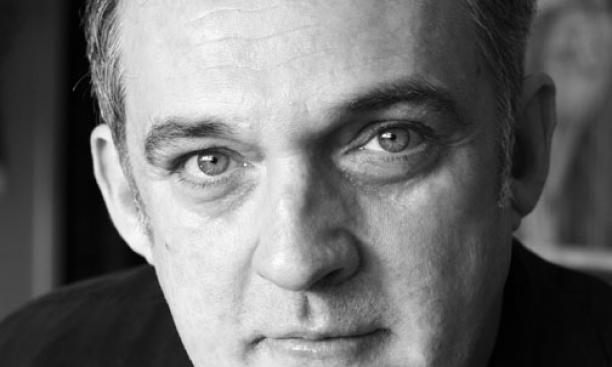

“I spent a year working on this piece,” said Morris, who taught the graduate-level seminar “Modernism in Music and Dance” with Princeton music professor Simon Morrison *97. “I was working on how to make it almost nothing. I was completely ready for a walkout [when it was performed]. Some critic called it a ‘bore-atoria,’” he said, to laughter. “But I wanted it to be not a monument, but organic, a kind of meditation.”
Such straight talk characterizes the teaching style of Morris, an Old Dominion Fellow in Music and a lecturer in the Council of the Humanities at Princeton. It also points up the benefit of having the creator of a modern work of art sitting at the head of the table as students learn about that work.
“I saw Morris’ name and asked, ‘How can I get into that class?’” said sophomore Mary Balzer, who plans a career in dance after graduation.
“It’s been a valuable asset to hear what a renowned choreographer has to say about how he works, how he selects music, works with musicians, and how his dancers learn material,” Balzer said.
Morris, the winner of a MacArthur “genius” fellowship and numerous awards and honorary degrees, has created more than 120 works for the Mark Morris Dance Company, which he started in 1980.
His course with Morrison looked at the interpretation of works of 19th- and 20th-century composers, such as Satie, Tchaikovsky, and Chopin, by modern choreographers such as George Balanchine and Morris himself. Students viewed taped dance performances and attended a December production of The Hard Nut, Morris’ version of Tchaikovsky’s Nutcracker, by his dance company.
Morrison met Morris when they collaborated in 2008 on a new production of the Russian composer Sergei Prokofiev’s ballet, Romeo and Juliet. From that relationship sprang the fall course.
While he has taught master dance classes, the Princeton class was Morris’ first experience of teaching at the university level. It drew a range of students, from Princeton undergraduates interested in dance and art direction to musicology grad students.
“Basically, the course was about how music and dance communicate as art forms,” Morrison said. “We constructed a course that lets music students learn how choreography operates” and gives dancers insight into the music.
“I provide historical context for the course, and Mark Morris brings his perspective as a major artist who has worked with other major artists,” such as Mikhail Baryshnikov, Morrison said. “He can disorient the students a little bit, in that the subject matter can fluctuate wildly. He provokes them in an interesting way.”
